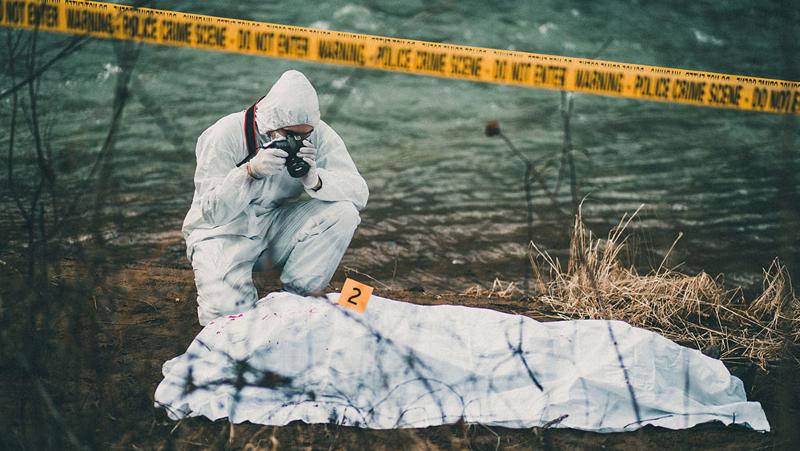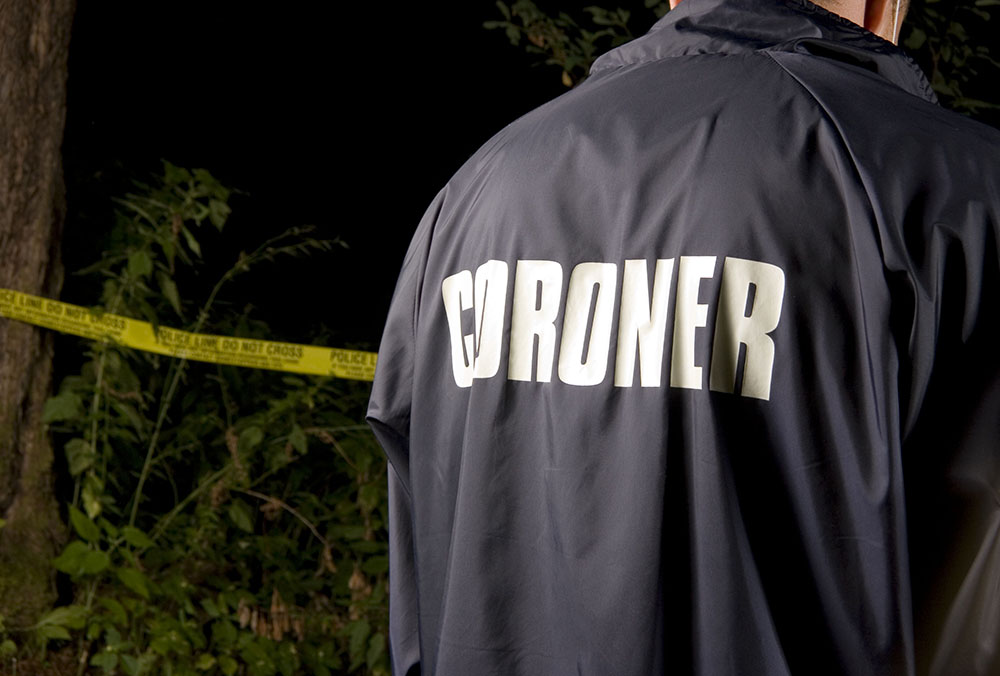
A few deaths and missing person investigations are closed each year due to lack of strong evidence of murder even though some police or coroners view them as suspicious, leaving offenders to “get away with it” for years, possibly forever.
QUT criminologist Dr Claire Ferguson suggests these cases represent a ‘dark figure’ of unsolved homicides that remain mis-or unclassified.
“These homicides are misclassified as other types of death or, in the case of missing persons, unclassified as deaths, often due to offenders having taken steps to avoid detection such as destroying evidence,” said Dr Ferguson, from QUT’s School of Justice.
“A flurry of cold cases has been reopened and solved in several states in recent years, including 17 in Queensland.
“Along with solving known cold case homicides, authorities are paying increased attention to resolving missing persons cases and deaths that appear suspicious but lack evidence necessary for further investigation.
“Australia has numerous examples where coroners and police have re-examined historic death and missing persons cases and found evidence of homicide that was hidden or manipulated by offenders.

“These cases show that detection avoidance behaviour by offenders can delay homicide investigations, sometimes for years, or lead to misclassification of a murder as a non-criminal death.”
Dr Ferguson analysed a death that was thought to be a non-suspicious missing persons case for eight years before it was even investigated.
“An investigation into an Indigenous WA woman reported missing in 1999 lacked leads and was finalised nine months later even though she was vulnerable as she was a domestic violence victim.
“The police investigation reopened in 2007 with lines of inquiry lasting until 2015 finding several persons of interest in her death. Her body has never been found and the coroner determined it was disposed of by persons involved in her murder or in concealing her death.
“After almost 20 years, her death became properly classified as an unsolved homicide.” However, this case illustrates how offenders delay, sometimes by years, homicide investigations by using various methods to avoid detection.”
Dr Ferguson said a second Victorian case was the death of a young man in a house fire. A police investigation led to no charges but suspicion remained.

“The coroner ruled the fire was deliberately lit by a third party and referred the case to the director of public prosecutions since there was a known person of interest. The DPP found insufficient evidence to charge anyone and the death now remains as an unsolved or cold case homicide.”
“Both cases illustrate how measures taken by offenders to avoid detection eg by disposing of the body or by destroying evidence can successfully prevent the homicide being investigated and solved.
“Further research on mis-or unclassified homicide cases is needed to focus on identifying common themes and characteristics in the cases that are known.”
“Detection avoidance and mis/unclassified, unsolved homicides in Australia” was published in a special issue of the Journal of Criminal Psychology on cold case investigations.
QUT Media contact:
Niki Widdowson, 07 3138 2999 or n.widdowson@qut.edu.au
After hours: Rose Trapnell, 0407 585 901 or media@qut.edu.au.




